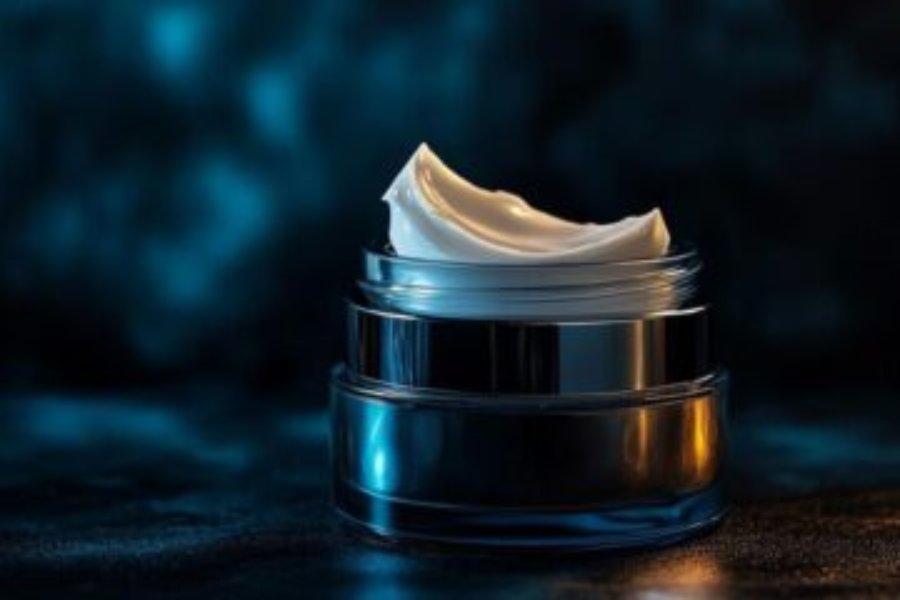Mimetic Primer vs. Traditional Primer: Which Is the Right Choice for You?
Choosing the right primer can feel overwhelming, especially with so many options available. But don’t worry! Whether you’re prepping for a big DIY home project or starting a creative endeavor, understanding the differences between traditional and mimetic primers will help you make the best choice.
Primers play an essential role in prepping a surface, providing a foundation for paint, varnish, or another topcoat to adhere smoothly and evenly. With more advanced options emerging, knowing which primer suits your project can ensure a high-quality, lasting finish. Here’s a guide to help you understand the unique benefits of traditional and mimetic primers so you can make an informed choice.
What Is a Traditional Primer?
Traditional primers are a tried-and-true staple in the painting world, designed to create an ideal base for paint or finish to adhere to. Typically made with acrylic or oil-based ingredients, these primers form a solid barrier between your surface and the paint.
Traditional primers have two main functions: improving adhesion and masking surface imperfections. When applied to surfaces like wood or drywall, they create an even texture, helping the paint last longer and look smoother.
Using a traditional primer is generally straightforward. For best results, allow it to dry fully before applying a topcoat, as rushing the process can cause peeling or uneven coverage later. Traditional primers are a solid choice for many projects, though they might not offer the flexibility needed for some specialized applications, especially if you’re working with unique materials that require extra durability.
What Is a Mimetic Primer?
Mimetic primers are a newer, innovative option that takes priming to another level. They’re designed not only to prepare surfaces but also to replicate the appearance and texture of various materials, such as wood, stone, or metal. This unique feature makes mimetic primers a popular choice for projects where visual impact is as important as durability.
Thanks to advanced technologies, mimetic primers form a strong bond with surfaces, boosting both adhesion and resilience against environmental factors like moisture and UV exposure. They’re versatile enough for everything from home projects to large-scale commercial applications and add a layer of aesthetic appeal beyond what traditional primers offer.
Mimetic primers are ideal if you want to elevate the look and feel of your finished project. With their combination of visual depth and durability, they’re perfect for anyone looking to go beyond standard functionality in their paint or finish.
Benefits of Each Primer Type
Traditional primers lay a solid foundation for paint, promoting smooth, even coverage and extending the lifespan of the finish. They’re reliable and effective for basic paint applications, providing a smooth base and strong adhesion, especially on porous surfaces.
Mimetic primers bring a different set of benefits to the table. Along with preparing the surface, they amplify the final color’s richness and add depth to the texture, making them a great choice for design-focused projects. Their ability to mimic various textures makes them valuable for artistic or decorative applications where appearance is as crucial as function.
Ultimately, each type of primer has its strengths. Traditional primers excel in durability and adhesion, while mimetic primers shine in projects where aesthetics and longevity are both priorities.
Application and Results
The application process varies between traditional and mimetic primers. Traditional primers are generally easy to work with, typically applied with a brush or roller. They spread evenly and dry to create a flat base, which is great for layering multiple coats of paint.
Mimetic primers require a more careful approach due to their unique formulation, and many find that spray application yields the best results. Once dry, mimetic primers provide a distinctive depth and texture, making them popular for projects that demand a refined finish.
Drying times also differ between the two. Traditional primers may dry faster, but mimetic primers often take longer to cure fully, leading to richer and more intricate results once they’re ready.
Key Considerations for Choosing the Right Primer
When deciding between a traditional and a mimetic primer, a few factors come into play.
Surface Type: Consider the material you’re working with. Traditional primers work well on standard surfaces like drywall or wood, while mimetic primers are particularly suited for materials where moisture control or added texture might be beneficial.
Project Requirements: Think about the conditions the finished surface will face. High-traffic areas or spaces with high humidity can benefit from the added resilience of a mimetic primer.
Ease of Application: If you’re looking for a straightforward application, traditional primers are generally easier to work with. Mimetic primers may require more time and precision to get the desired effect, but the result can be worth the effort.
Budget: Mimetic primers are often more expensive than traditional ones due to their advanced formulation. However, their long-lasting durability and visual impact can make them a worthwhile investment in the long run.
Making the Final Choice
Selecting the right primer for your project can significantly impact the overall quality of your finish. Traditional primers have long been trusted for their ability to create an even surface, ensuring that paint goes on smoothly and adheres well. They’re versatile and often include added benefits like moisture resistance, making them a reliable choice.
On the other hand, mimetic primers are gaining popularity for their unique qualities. By replicating textures and enhancing natural color, they allow for a more artistic, nuanced finish. If your goal is to create a unique, high-impact surface, the extra investment in a mimetic primer could be well worth it.
Ultimately, your choice should reflect your specific project needs, whether it’s durability, ease of application, or visual appeal. With these insights, you’ll be ready to choose the primer that helps your project shine!
Stay in touch to get more news & updates on Forbes Take!






